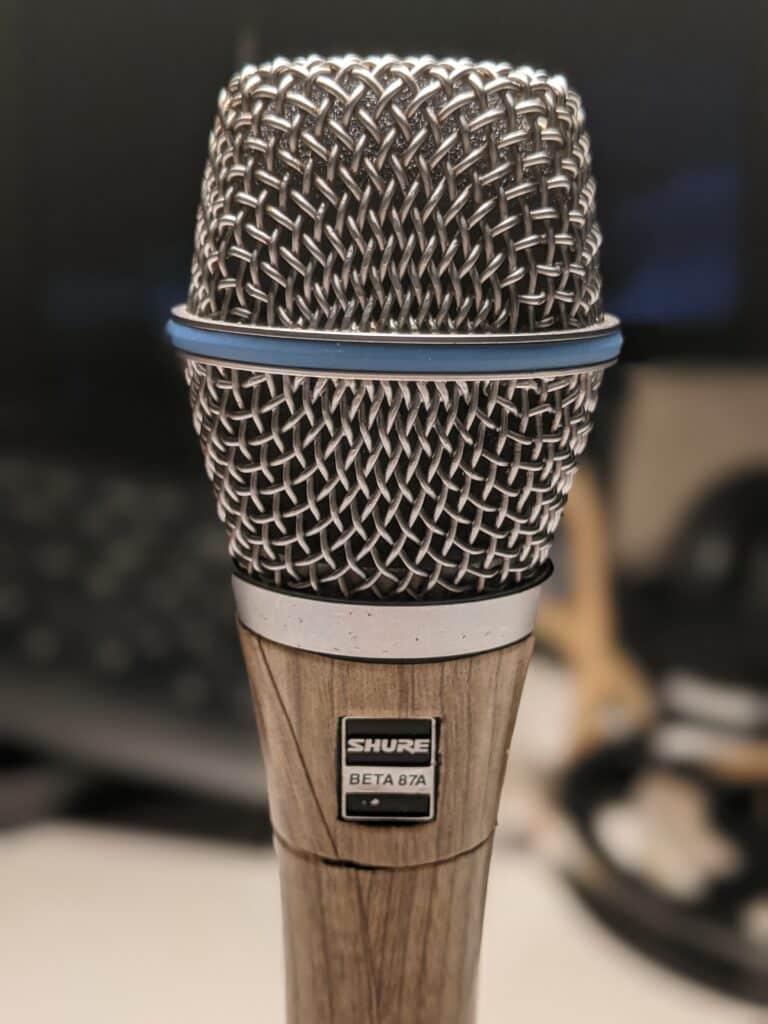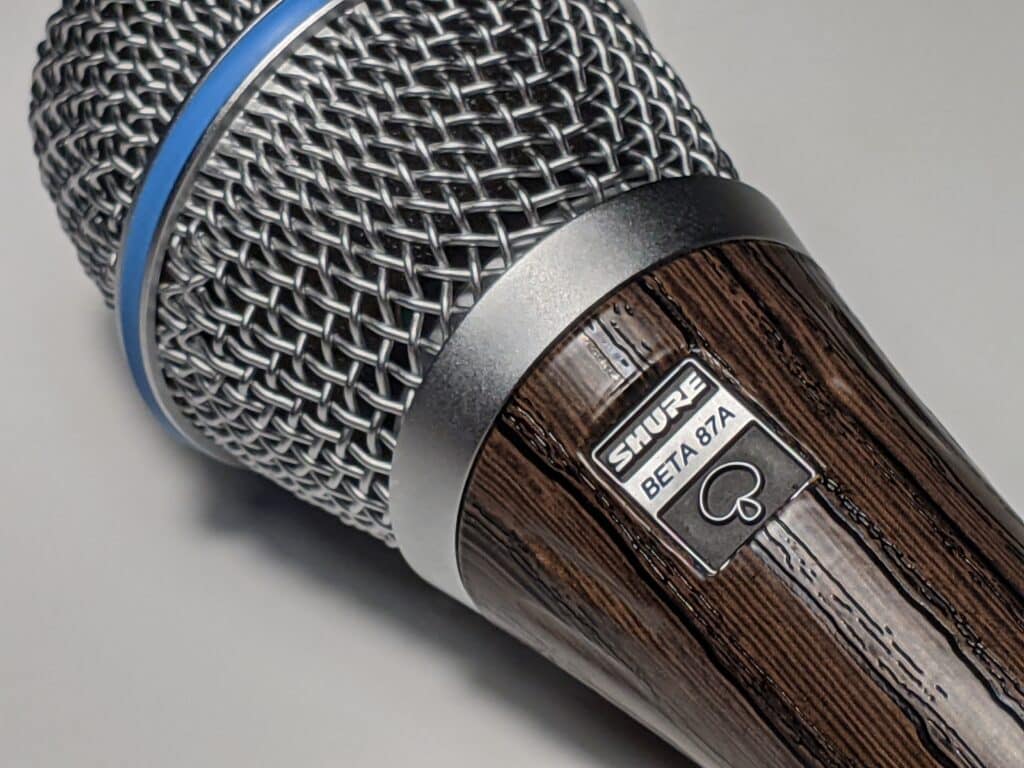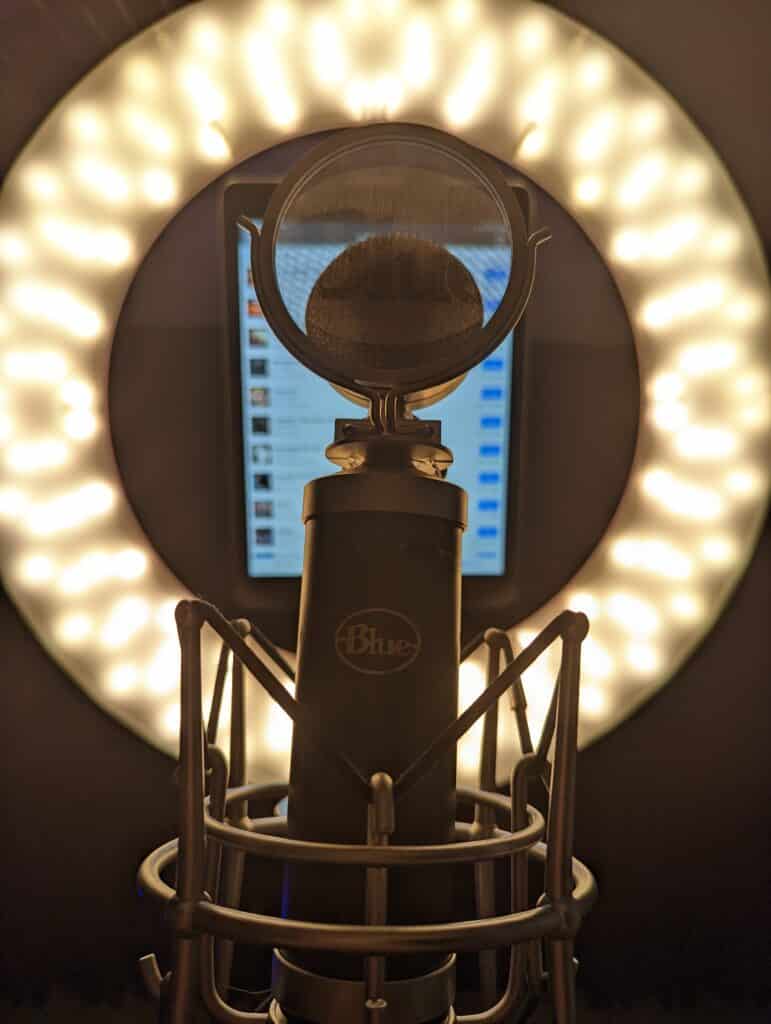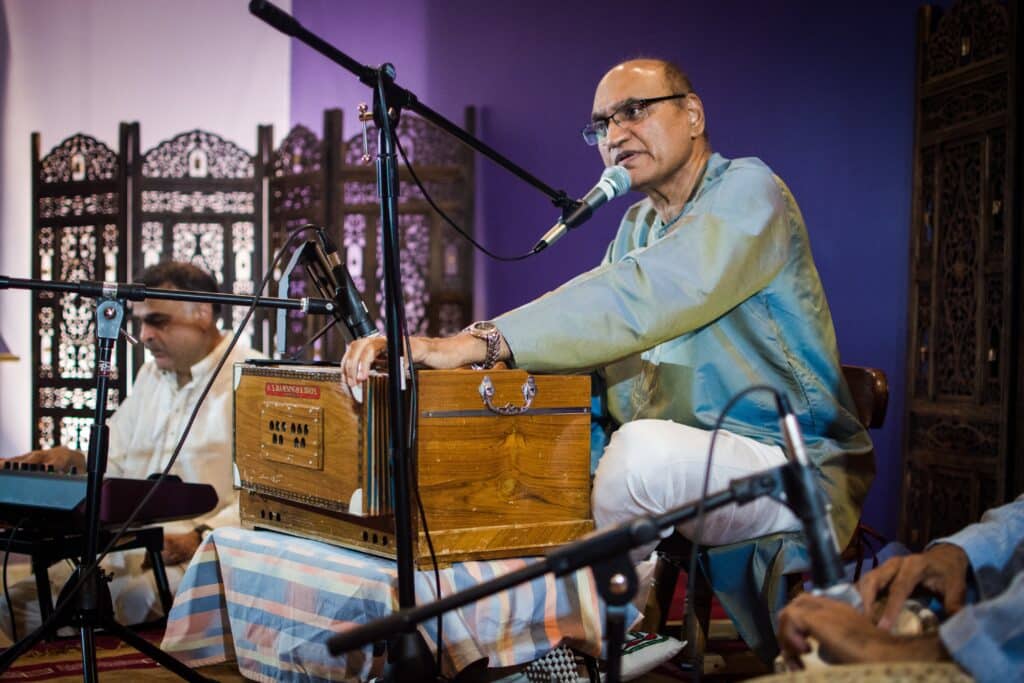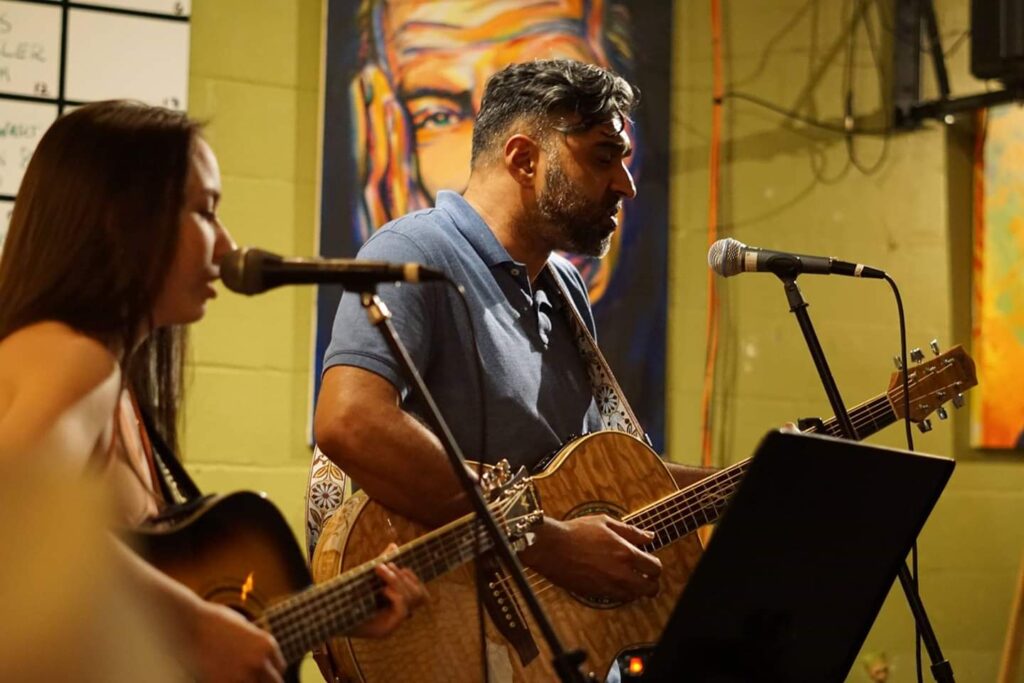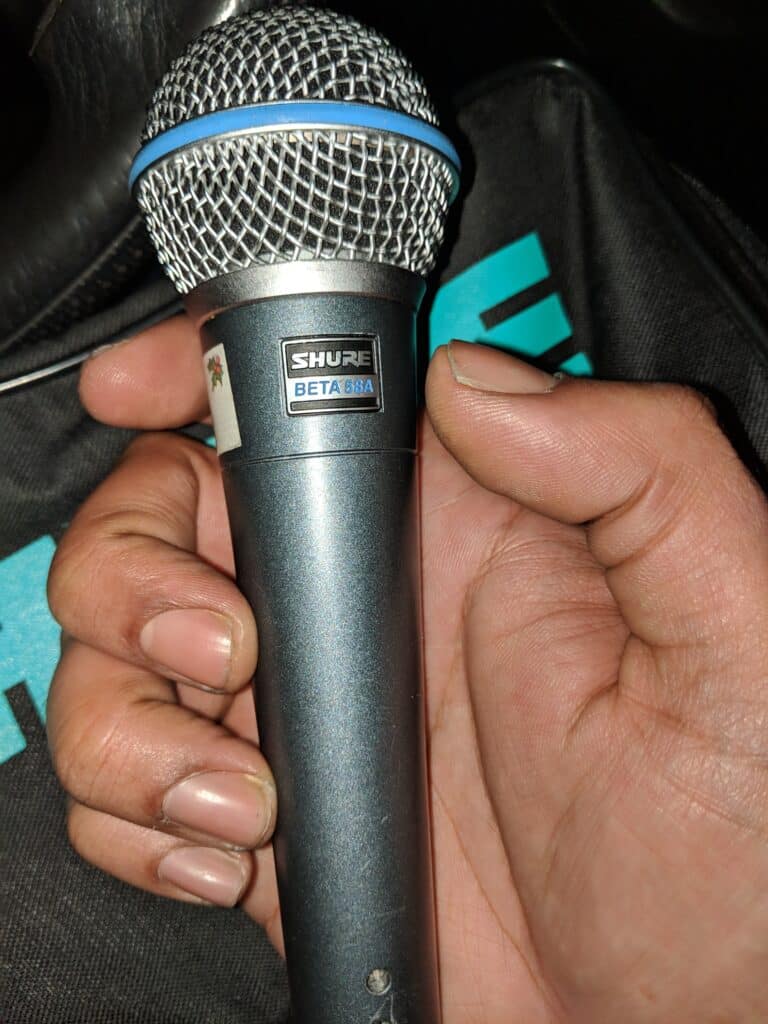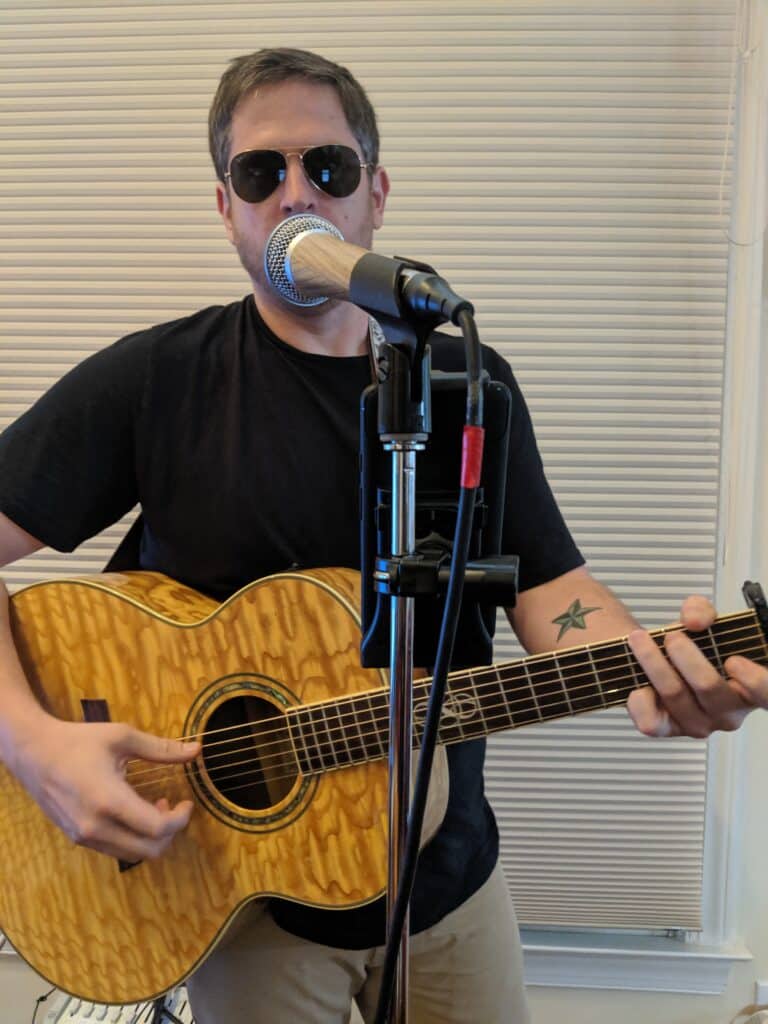
When it comes to recording on Smule, your microphone is your best friend. But with so many options out there, it can be hard to know which one to choose. Don’t worry, we’re here to help you navigate the microphone minefield and find the perfect match for your voice.
Think of it like dating. You wouldn’t want to settle for just anyone, right? You want to find the microphone that makes your voice sound like a million bucks. The one that makes you sound like you’re the next big thing, even if you’re just singing in your living room.
We’ve rounded up a few of our favorite microphones and put them to the test, so you don’t have to. From the studio-worthy Blue Baby Bottle to the stage-ready Shure Beta 87A, we’ve got you covered. We’ve even thrown in some wired headphones for good measure, because sometimes all you need is a little extra volume control.
So, whether you’re a smooth operator or a raspy rocker, we’ve got a microphone that will suit your style. So sit back, relax, and let us guide you to microphone bliss
To get a better sense of how these microphones sound in Smule-World scenarios, check out the accompanying videos where we put them to the test with some sample of harmonies and melodies to show the warmth and clarity. I selected Friendly Fire from Ben Abraham for this test- it has soft and loud parts and I think you get a good demo to the quality of the mic. Now, let’s take a closer look at each microphone:
1. Blue Baby Bottle
amzn_assoc_tracking_id = “harmhouse-20”; amzn_assoc_ad_mode = “manual”; amzn_assoc_ad_type = “smart”; amzn_assoc_marketplace = “amazon”; amzn_assoc_region = “US”; amzn_assoc_design = “enhanced_links”; amzn_assoc_asins = “B01N7TTXZ5”; amzn_assoc_placement = “adunit”; amzn_assoc_linkid = “f45b61f7c6c884c0424641e1ac6ae36a”;This is a high-end condenser microphone that is primarily used in a studio setting. It has a cardioid polar pattern, which means it primarily picks up sound from the front of the microphone, making it great for isolating your voice from background noise. The Blue Baby Bottle has a frequency response of 20Hz – 20kHz and an SPL of 134dB SPL (1kHz, THD 0.5%). This means that it can handle high volume levels, making it perfect for people with louder voices. However, because of its sensitivity, it’s important to use this microphone in a treated room to avoid picking up background noise.
Jay’s Notes: My favorite mic for vocal work. It picks up my tone and adds warmth perfectly to give me that fullness. It’s not convenient at all though. This is a condenser, so I’m in a booth when you see me use it. This mic will pick up a lot of room noise- even cars and trucks outside, so treat the room you are recording in. I sing on Smule with a smaller pop filter- using this mic takes a lot of discipline and training to minimize plosives and breathing sounds.
2. Shure Beta 87a
amzn_assoc_tracking_id = “harmhouse-20”; amzn_assoc_ad_mode = “manual”; amzn_assoc_ad_type = “smart”; amzn_assoc_marketplace = “amazon”; amzn_assoc_region = “US”; amzn_assoc_design = “enhanced_links”; amzn_assoc_asins = “B0002BACBO”; amzn_assoc_placement = “adunit”; amzn_assoc_linkid = “36b6ede08d37685b9161443183b18be4”;This is a stage condenser microphone that is great for live performances. Its supercardioid polar pattern is great for isolating your voice from background noise on a stage. It has a frequency response of 50 to 20,000 Hz and an SPL of 140.5 dB, making it perfect for people with louder voices. This microphone requires phantom power to function, meaning it needs an external power source to operate.
Jay’s Notes: This was my studio mic for years before I bought the Baby Bottle. A stage mic that’s also a condenser is a magical experience. On this one, no need to worry about treating your rooms or even having a few background noises. The 87a picks up whatever is in front of it and will add some warmth and dynamics to your vocals.
3. Shure Beta 58a
amzn_assoc_tracking_id = “harmhouse-20”; amzn_assoc_ad_mode = “manual”; amzn_assoc_ad_type = “smart”; amzn_assoc_marketplace = “amazon”; amzn_assoc_region = “US”; amzn_assoc_design = “enhanced_links”; amzn_assoc_asins = “B0002BACB4”; amzn_assoc_placement = “adunit”; amzn_assoc_linkid = “e5e58e3943ac74b32e55985739819676”;This is another stage microphone that is great for live performances. Its supercardioid polar pattern is great for isolating your voice from background noise on a stage. It has a frequency response of 50 to 16,000 Hz and an SPL of 149 dB, making it perfect for people with louder voices. This microphone also requires phantom power to function.
Jay’s Notes: My 3rd favorite mic! I use this on stage when I cannot use my 87a – This mic delivers beautiful warmth and clarity without needing phantom power like the above mics. It’s durable, convenient and since it’s great for the stage, it’s great at eliminating unwanted sounds in the background.
4. Shure SM58
amzn_assoc_tracking_id = “harmhouse-20”; amzn_assoc_ad_mode = “manual”; amzn_assoc_ad_type = “smart”; amzn_assoc_marketplace = “amazon”; amzn_assoc_region = “US”; amzn_assoc_design = “enhanced_links”; amzn_assoc_asins = “B000CZ0R42”; amzn_assoc_placement = “adunit”; amzn_assoc_linkid = “ff3dedc3417a350ba56d4bd036a4ea35”;This is a dynamic microphone that is great for instruments and background vocals. Its cardioid polar pattern means it primarily picks up sound from the front of the microphone, making it great for isolating your voice from background noise. It has a frequency response of 50 to 15,000 Hz and an SPL of 147 dB, making it perfect for people with louder voices.
Jay’s Notes: This mic is on the lower end of Shure’s stage mics, but it’s an amazing, durable, and dependable mic. I have a buddy that Smules on the road with this mic. It’s great at keeping that background noise to a minimum while picking up your vocals. It lacks the clarity and warmth these other mics have.
5. Limelight 512
Limelight 512: This is a dynamic microphone that has a hypercardioid polar pattern which means it is more sensitive to sound coming from one direction and less sensitive to sound coming from other directions. This is great for isolating a specific source of sound. The SPL, or Sound Pressure Level, for the Limelight 512 is 138dB, which means it can handle a high amount of volume before distorting. The 512 may not have the same level of clarity and it may not reproduce the natural tone as well as the Beta 87A, it is more affordable than the Beta 87A and it may be a good option for those on a budget.
Jay’s Notes: It is a work of art. This mic is beautiful, but you soon learn, this is just a cheap dynamic mic that’s been dressed up to look like a condenser. I found the sound to be flat and tinny. They have an internal pop filter that cuts down on the plosives, but I still hear the ssss sizzles. The proximity effect was very strange on this one. I had to be right up on the mic to have any kind of depth or warmth to the voice.
6. Earbuds
amzn_assoc_tracking_id = “harmhouse-20”; amzn_assoc_ad_mode = “manual”; amzn_assoc_ad_type = “smart”; amzn_assoc_marketplace = “amazon”; amzn_assoc_region = “US”; amzn_assoc_design = “enhanced_links”; amzn_assoc_asins = “B01M0GB8CC”; amzn_assoc_placement = “adunit”; amzn_assoc_linkid = “7b155b1061194632a0e6d40d6f49dee4”; amzn_assoc_tracking_id = “harmhouse-20”; amzn_assoc_ad_mode = “manual”; amzn_assoc_ad_type = “smart”; amzn_assoc_marketplace = “amazon”; amzn_assoc_region = “US”; amzn_assoc_design = “enhanced_links”; amzn_assoc_asins = “B087HZ1SMN”; amzn_assoc_placement = “adunit”; amzn_assoc_linkid = “e302714607e4cc5f938d84ae97ef05d7”;Digital Headphones & Earbuds: When it comes to headphones, they can definitely be a convenient option for recording on Smule, but they come with limitations. I would stick to the name brands like Apple, Google, Samsung. JBL, Sony. You never really know what you are getting as specs for the actual microphone are never listed anywhere. The Google Earbuds, for example, are designed for telephony and speaking, not singing, so their pickup range isn’t going to be as great as a dedicated microphone. This can result in a flatter and less dynamic sound.
Jay’s Notes: Mamma always says, the best mic is the one you’ve got on you. So, if you’re in a pinch and all you have is a pair of headphones, they can still work as a basic tool for mobile recording. Just keep in mind that they may not provide the same level of quality as a dedicated microphone.
In conclusion, when it comes to choosing a microphone for use on Smule, it’s important to consider your specific needs and the environment in which you’ll be recording. The Blue Baby Bottle is a great option for those looking for a high-quality studio microphone, while the Shure Beta 87A and Beta 58A are great options for those looking to use a microphone in an untreated environment. The Shure SM58 is a reliable and versatile option for both vocals and instruments. Honestly, the 512 Limelight is a beautiful microphone, at a beautiful price, but there are so many other options that may be better suited for your specific needs and recording environment. In this article, we’ve provided a sample of different microphone options and their effects on vocals, but it’s important to note that this is just a starting point. To find the perfect microphone for you, it’s recommended to experiment with different options and listen to how they affect your vocals in different recording environments. To get a better sense of how these microphones sound in real-world scenarios, you can check out the accompanying videos where the microphones are compared with each other with a sample of harmonies and melody to show various sample areas for warmth and clarity. In these videos, you will also be able to hear how the microphone handles plosives and sssss sounds.
It’s worth experimenting with different microphones to find the one that best complements your voice and recording situation. Keep in mind that microphone choice can have a big impact on how your voice sounds in a recording. Some microphones will add warmth and fullness to a voice, while others may add brightness or clarity. It’s also worth noting that certain microphones may be more suited for certain vocal ranges or styles of singing. For example, a microphone with a flatter frequency response may be better for singers with a raspy voice, while a microphone with a more pronounced mid-range may be better for singers with a clear and crisp tone.
